|
My last article was about a virtual visit to Coonawarra, Australia. Since my palate is still savoring the last wine I opened from this region, I’ve decided to stay in Australia longer and introduce you to a few more wines from this majestic and oldest continent. Australia is broken down into six states and two territories. There are 65 wine regions and over 2,500 wineries spread throughout the states. One could spend a long time exploring these regions and wineries! It is interesting to note there are no grapes indigenous to Australia. The first vines arrived in 1788, and vineyards were established in 1805. James Busby, a viticulturist and writer, is regarded as the “father” of the Australian wine industry. He traveled to Europe in 1831 and collected 650 grape varieties, of which 362 survived the journey. They were planted in the Botanical Gardens in Sydney, and a duplicate collection was planted in Busby’s Hunter Valley property. Over time, cuttings made their way to other regions, establishing the “old vines,” of which many can be traced to the original Busby collection. With over 130 grape varieties, the major wines produced in Australia are Shiraz, Cabernet Sauvignon, Pinot Noir, Grenache, Merlot, Chardonnay, Riesling, Semillon, Muscat and Sauvignon Blanc. Today, my focus is on three wines from Victoria and McLaren Vale wine regions. Domaine Tournon, Victoria Domaine Tournon, owned by legendary Michel Chapoutier, is located in the Victoria wine region, which also is a state. Michel made his mark on the wine world by producing beautiful Rhone Valley wines. But he had a desire to find land in Australia and grow Rhone Valley grapes there as well. In 1997, Michel began exploring the terroirs of Australia and settled on the distinctive terroirs of Victoria on the southeastern side of the continent. He and his team planted non-grafted vines from 19th-century clonal selections, imported from Europe before the arrival of phylloxera, in the sub-zones of Heathcote and Pyrenees in Victoria. These vineyards were then and continue to be farmed organically. Mathilda Victoria Shiraz 2020 This wine is 100% Shiraz. Grapes are sourced from the sub-zone Pyrenees vineyards with soil composed of podzolic layers from clay and ferruginous schists. The wine was entirely aged in cement or stainless steel tanks for 12 months and then bottled. Mathilda Shiraz is named after Michel’s daughter, Mathilda. Nose: Beautiful notes of dark fruit, pepper, violet, and earthy. Palate: Aromas segue onto the palate with silky tannins, a sweet and savory dance, and a spicy finish. Alcohol: 14.5% SRP: $21 Pairing suggestions: Charcuterie, game, roasted meats, seared tuna, vegetable stew, and Asian cuisine. Hardys, McLaren Vale, South Australia Hardys is one of the oldest wineries in Australia and is celebrating its 170th anniversary this year. It was founded in 1861 by Thomas Hardy, who recognized the potential of McLaren Vale terroir and the endless possibilities for creating world-class wines. By 1900, Thomas Hardy and Sons had become the largest winemaker in South Australia. Thomas passed away in 1938, leaving his wife, Eileen, and four young children to carry on. Eileen successfully took over the winery’s leadership and is credited with putting McLaren Vale on the world wine map. By 1965, the fourth generation took its place at the helm. In 2018, Hardys was purchased by a private company, the Carlyle Group. Although it is no longer family-owned, a few family members are still associated with the company. Hardys Tintara Reserve Shiraz 2019 The grapes for this 100% Shiraz are sourced from the vineyards of the original Tintara site where Thomas Hardy made his first wines. There is no data available as to vinification or aging methods. Nose: Dark fruit, cherry, anise, and baking spice. Palate: Blackberry, dark plum, mocha, spice, and a touch of blueberry on the finish. Silky tannins and good structure. Alcohol: 14% SRP: $20 Pairing suggestions: Grilled meat, game, or veggies. BBQ, stews, and aged cheese. Hardys Tintara Reserve Cabernet Sauvignon 2019 The grapes for this 100% Cabernet Sauvignon were also sourced from McLaren Vale’s Tintara vineyard. There is no data available as to vinification or aging methods. Nose: Dark berries, cherry, fennel, herbs, and Palate: The savory herbs blend beautifully with the sweet berries. Beautiful texture and length. Spice and cherries linger on the finish. Alcohol: 14% SRP: $20 Pairing suggestions: Charcuterie, Asian cuisine, grilled meat, seared tuna, stews, or spicy Pumpkin Red Lentil Chili! Stay tuned for a deeper dive into the regions/sub-zones of Australia. There is much to discover!
Until next time… Cheers! Penina To leave a comment or if you have an inquiry, please contact me at [email protected] This past week, I had a face-to-face conversation with the iconic Sue Hodder, senior winemaker at Wynns Coonawarra Estate, located in Australia’s southeast Limestone Coast. Sue joined Wynns in 1993. In 1998, she became the winery’s first female chief winemaker. Her enthusiasm, zeal, and delightful humor made for an engaging visit. Let’s start with a brief history of Wynns Coonawarra Estate. The estate’s history began with Scottish pioneer John Riddoch, who founded the estate in 1891, planted vineyards, and built and completed the estate’s famous stone, three-gabled winery in 1896, called Chateau Comaum. In 1951, Melbourne wine merchants David Wynn and his father, Samuel, purchased Chateau Comaum, with 54 hectares of vineyards, 36 hectares of pasture, a distillery. and a winery. They renamed it “Wynns Coonawarra Estate” and designed a label for their wines depicting the famous three-gabled winery. Wynns’ first Cabernet Sauvignon was created in 1954, ‘Wynns Black Label Cabernet Sauvignon,’ the first commercially labeled Cabernet Sauvignon in Australia. Their flagship wine, first made in 1982, is “John Riddoch Cabernet Sauvignon,” only produced in the best years. And I had the pleasure of tasting the 2020 vintage and will discuss it in this article. Coonawarra is famous for its Terra Rossa, meaning “red earth,” a 20km strip of red soil. It is a rich, red soil with a fertile topsoil covering a bedrock of porous limestone, which assists with winter drainage and summer moisture retention. Combined with a cool, moderate climate, it can result in fruit with great concentration and complexity while keeping high acidity. The Cabernets in this region can benefit greatly with intense aromas, flavors, and smooth tannins. Sue Hodder Sue grew up in Alice Springs in the Northern Territory of Australia, called the Red Centre, a semi-desert. Although there were no wine vineyards as far as the eye could see, Sue always felt a connection to the land. So, it was no surprise that she ended up studying and getting a degree in viticulture at Roseworthy Agricultural College in Adelaide. It was there that she took an interest in wine. How did you segue from viticulturist to winemaker? What was your “aha” moment that led you to it? Sue: It all began when I was quite young. I started with agricultural science, then got a job with wine growers in the Barossa Valley, working in old vineyards, which was amazing! I started traveling in the early 1980s, first to London and then around the world. I ended up at Fetzer Winery in Mendocino, CA, working with winemakers Dennis Martin, Paul Dolan, and Steve Dorfman. They really inspired me. They made beautiful wines that were organic and vineyard-driven. That was the real “lightbulb” moment for me. You have won an impressive amount of awards in this male-dominated industry and are world-renowned. Any comments? Sue: I’m the most famous person on my street here. Actually, I’m the only person on my street! Wynns has always been proud of their women stories, such as those who set up the vineyards after World War Two. Many of the women were from the Ukraine, Italy, and North America. It was a melting pot of sorts. People say this is the middle of nowhere, and I say it is the middle of everywhere. What challenges are you facing in the vineyard and production? Sue: I have been making wine for 40 years and have been at Wynns for 32 years. Changes in the industry, philosophy, and climate change are ongoing. Challenges are high, but it really resets our thinking in a good way. I was fortunate to work with a viticulturist here who just retired and was an incredible environmentalist. He was onto climate change and CO2 levels decades ago. He felt we needed to rethink things and look more closely at the data. Sustainable viticulture methods are our main focus. We’re trying every day to be respectful of the land and give acknowledgment to the people who were here before us. We strive to put the land in a better way than when I first started here. It is about respecting the soil health, more judicious use of water, and the rewards that come in the wines…brighter wines. What is one of the hardest things about winemaking year in and year out? Sue: There is always something new to learn, and every season is different. Even in the amazing years, we think there is always something we could have done better. There is a responsibility even in the great years. It is not just going through the motions of making the wine. It is showing off the beautiful vineyards here to the best advantage. We always question, ‘Are we doing our absolute best with the vineyards?’ We are in a cool area, and it is spring right now. A warm time during flower and set in November and December translates to evenness in grape ripening. Do you think climate change and the earth’s warming work to your advantage? Sue: In general, yes. But we’re also trending to more variables and must be ready for everything as best we can. Generally, warmer years are better for us with a few qualifications. We’re in an area where we get an allocation of water. We have to be responsible and make sure how to use it. If we have a dry summer and autumn, then we need to finish it off so leaves don’t fall off in the summer. Let’s talk about the 2020 vintage of John Riddoch Limited Release Cabernet Sauvignon that I’m tasting. Why is it so special? Sue: This vintage was low-yielding and couldn’t be a great harvest. However, it has that small berry character and is quite concentrated besides being a medium-bodied wine. It’s that red cassis fruit that generally characterizes the John Riddoch wine. It is our Reserve and not meant to be a more concentrated version of our Black Label Cabernet. We’ve been making this wine since 1982. All the John Riddoch wines should be drinking well for years to come if they’ve been well-cellared. If we can’t achieve the quality, then we skip that year. We omitted 2011 and 2017. How long should we wait to drink this wine? What is its shelf life? Sue: In all honesty, you can drink it now. I love these wines as eight to ten years old. They present as a nice combination of fruit and some bottle development. But the John Riddoch wines can drink well for 40 years! John Riddoch Cabernet Sauvignon 2020 The grapes for this 100% Cabernet Sauvignon were selected from less than 1% of the Cabernet vineyard. The 2020 harvest was all from the 1969 planted Childs vineyard of Coonawarra. The wine was aged for 17 months in French oak, 23% new/45% one-year old and 32% two year old.
Nose: Violet, dark berries, baking spice, a hint of forest floor with a touch of Sen Sen (a licorice & violet candy) Palate: Earthy, concentrated flavors of berries with smooth tannins and vibrant acidity. Flecks of minerality, sweet spice, cherry, and bay leaf linger on a long, luscious finish. Alcohol: 13.5% SRP: $99 What would you pair with this wine? Sue: Generally, braised meat, low-temperature cooked meats such as beef bourguignon, or fatty fish like poached salmon with a red pepper sauce. The tannins offset the texture of the fish beautifully. That said, antipasto, charcuterie platters, and spicy Asian cuisine work nicely. This isn’t a wine that demands a big red meat. This bottle is a screw cap. Let’s talk about it. Sue: We changed to screw caps when we were frustrated with the cork quality we were getting at the time in Australia. We have loved screw caps. However, the cork quality has really improved. We find the wine is reliably aging at a consistent rate with a good cork, and the trials prove it. Starting with the 2022 vintage, we will bottle a lot more wine with cork again because our customers prefer it. Although Sue is modest in her achievements in the wine industry, I am happy to shout out a few of her accomplishments. She has been awarded ASVO Winemaker of the Year and Gourmet Traveller WINE Winemaker of the Year. She was chosen as one of the ten Australian winemakers to represent Wine Australia in the Launch of the A+ program at the Shanghai World Expo. In 2017, Sue was given the award for Australian Women in Wine Awards, Woman of Inspiration Award. The list goes on! Sue’s passion for viticulture and winemaking is present in every bottle of wine she produces. It has been a true pleasure spending time with her. Until next time… Cheers! Penina To leave a comment or if you have an inquiry, please contact me at [email protected] Blame it on the snow and frigid temperatures, but I’ve been popping the cork on many delicious red wine wines of late. As you may know from past posts, I enjoy white, rosé, and sparkling wine all year round. However, this winter, I’ve been indulging my palate with some very expressive red wines. Here are eight reviews of red wines that will surely have your palate singing! Australia McGuigan Wines, ‘The Plan’ Cabernet Sauvignon 2017 McGuigan Wines is a major wine producer in Australia. Their family roots date back to 1880 in Hunter Valley with Perc McGuigan, who set the standard for future generations. Grapes for this 100% Cabernet are sourced from top-quality vineyards in South Eastern Australia, including McLaren Vale, Langhorne Creek, and Barossa Valley. The fruit is harvested at night, and after fermentation, it is matured in stainless steel tanks and oak before final blending. Aromas of blackberry, cherry, chocolate, and hints of baking spice segue onto the palate with a hint of cranberry and herbs. This fruit-driven wine has refreshing acidity and firm tannins with hints of warm toasted oak. It is a steal at this price! Serve with roasts, grilled tuna, and dark chocolate desserts. Alcohol: 13.5% SRP: $10.99 Italy Bertani Valpolicella DOC 2018 Bertani has been producing wine for over 150 years and has an impressive 200 hectares of vineyards in the most ideal areas of Verona province in the Veneto region, which is famous worldwide for wines such as Valpolicella, Soave, and Amarone. This wine is a blend of 80% Corvina Veronese and 20% Rondinella. Grapes are harvested from the heart of the Valpolicella Classico area and the Valpantena vineyards near the municipality of Grezzana. The wine is aged for eight months in concrete vats covered with glass bricks to allow slow and gradual aging. It is then further aged for a minimum of three months in the bottle. Aromas of plum, sour cherry, red berries, pepper, and baking spice continue onto the palate. This wine has nice acidity and a good balance between juicy fruity and savory. Sour cherry and raspberry linger on the finish. Pair with hearty stews, braised meat, pasta, and semi-aged cheese. Alcohol: 12% SRP: $16.49 Spain Bela, Ribera del Duero DO 2017 One of Rioja’s most iconic wine producers, CVNE (pronounced coo-nay), is an acronym for Compania Vinicola del Norte des Espana. CVNE has expanded its territory to include a 182-acre estate in Ribera del Duero in northern Spain with the focus of bringing their Rioja elegance to the rugged Ribera del Duero region. Grapes for this 100% Tempranillo are sourced from Ribera del Duero region. The climate here leans toward continental with a complexity of soils throughout the region. This wine is aged for six months in American and French, new and one-year-old oak barrels. Intense aromas of dark fruit, floral, baking spice, and a touch of earth set the stage for this terroir-driven wine. The palate is layered with dark berries, dark cherry, plum, spice, anise, and a hint of minerality. Vanilla and pepper linger on a long finish. This is a graceful wine with soft tannins and brimming with character. It is an easy wine to pair with a wide range of cuisine. Alcohol: 14% SRP: $19 Portugal Esporão Reserva Red 2016 Alentejo wine region is situated in the southern half of Portugal and covers one-third of the country. It is one of Portugal’s largest wine production areas. Herdade Do Esporão, whose history dates back over 750 years ago, first introduced this wine in 1985. It is a blend of Aragonez, Trincadeira, Cabernet Sauvignon, and Alicante Bouschet. Grapes are sourced from vineyards with soil of granite/schist origin and clay/loam structure. This wine is aged for 12 months in American oak (60%) and French oak (40%) barrels, and then an additional six months in the bottle. It begins with a rich bouquet of cherry, raspberry, blackberry, plum, and baking spice. The palate is entertained with lush dark fruit jam, spice, and a hint of plum. Smooth tannins and a long berry finish add to the richness of this wine. Pair with grilled or braised meat and game, stews, tapas, and codfish. Alcohol: 14.5% SRP: $24 Sicily Donnafugata Sherazade Sicilia DOC 2018 The Rallo family owns the iconic Donnafugata, and their family history of winemaking dates back to 1851. They have several wineries and over 405 hectares of vineyards located throughout Sicily, including historic aging cellars at their Marsala winery. Nero d’Avola is an indigenous grape that is considered Sicily’s most important red wine grape. Sherazade is 100% Nero d’Avola and the grapes are sourced from Donnafugata’s Contessa Entellina Estate and nearby vineyards, which are located in the southwestern part of Sicily. The wine is aged for about four months in tanks and then a minimum of three months in the bottle. Delectable aromas of violets, red fruit, and spice open to a lovely palate of cherry, plum, berries, and spice. Well-balanced tannins and acid add to the character of this fresh and lively wine, along with a touch of pepper and tartness on a long finish. Serve with mature cheese, pasta and red sauce, seared tuna, and calamari. Alcohol: 13% SRP: $25 California Au Contraire Pinot Noir, Sonoma Coast 2019 Sonoma County’s Au Contraire winery was inspired by Taub Family vineyards company founder, David S. Taub. The grapes for this Pinot Noir are sourced from top Sonoma Coast vineyards, from Sebastopol to the Fort Ross Seaview AVA. Although these are warmer vineyard sites, they sit above the fog line generating a cool-climate style Pinot Noir with highly concentrated fruit flavors. The wine is aged for 12 months in French oak barrels, 35% new. Juicy aromas of cherry, red berries, plum, and a hint of floral segue onto the palate with strawberry and cherry leading the parade of flavors. This is a silky wine with lots of ripe fruit and bright acidity. Serve with roasted meat, fowl, spicy Asian cuisine, and soft cheese. Alcohol: 14.2% SRP: $26.99 Argentina Bodegas Salentein Numina Gran Corte 2016 Bodegas Salentein is located in the Uco Valley of Mendoza, Argentina. Many of their vineyards are situated at some of the highest elevations in the world. This privately-owned estate was established in the late 1990s and boasts almost 5000 acres, of which 1,124 acres are planted to vine. The Numina Gran Corte is a blend of 61% Malbec, 21% Cabernet Sauvignon, 8% Merlot, 7% Petit Verdot, and 3% Cabernet Franc. Grapes are hand-harvested from small selected plots. Fermentation takes place in 7000-liter oak casks and then aged for 16 months in French oak barrels. This wine opens with subtle violet aromas, plum, dark berries, spice, and a trace of vanilla. The palate offers a fresh and elegant layering of blackberry, raspberry, plum, baking spice, and a touch of earth. This is a beautifully integrated blend with a silky mouthfeel and a long finish. Pair with grilled meat, seared tuna, hearty stews, and casseroles. Alcohol: 13.5% SRP: $40.99 France Jean-Luc Colombo Cornas “Terres Brûlées” 2018 Jean-Luc Colombo winery is located in the northern appellation of Cornas in the Rhône Valley, France. Cornas is the smallest appellation in the Rhône Valley, consisting of approximately 325 acres, and is dedicated to producing only red wine from the Syrah grape. The Mediterranean climate and decomposed granite soils contribute to the richness and character of these wines. Terres Brûlées means “burnt earth”, which refers to the long hot days here that are balanced by the cool nights. Grapes are hand-harvested from 30+ -year-old vines. The wine is aged for 21 months in oak barrels (10% new, 90% one-to-five-year old barrels). This 100% Syrah wine has enticing aromas of dark cherry, dark berries, dark plum, spice, and hints of baking spice. The palate is rich with blackberry, plum, and black cherry, reminiscent of exotic jam. Notes of vanilla, cocoa, spice, and a trace of minerality linger on a long finish. A truly noteworthy wine! Pair with white meat, game, seared tuna, and hearty stews.
Alcohol: 14.5% SRP: $63.99 No matter what time of year,, these wines will pair beautifully with any season! Until next time… Cheers! Penina To leave a comment or if you have an inquiry, please contact me at [email protected] Last year my palate fell in love with sparkling wines from Tasmania. I was so impressed with these wines that I immediately sat down and wrote a story about House of Arras and Stefano Lubiana Wines, two well-known estates in Tasmania. You can read my story at http://thewineknitter.com/1/post/2017/12/day-618-tasmanias-sparkling-wines.html As I began writing this story, I was informed that Ed Carr, winemaker for House of Arras was just awarded a Lifetime Achievement Award at the Champagne & Sparkling Wine World Championships of 2018! Carr was the only non-champenois to receive this acknowledgment! In addition to Carr, there were eight other recipients, including such legends as Thierry Gasco of Champagne Pommery, Jean-Paul Gandon of Champagne Lanson, Hervé Deschamps of Maison Perrier-Jouet, Richard Geoffroy of Champagne Dom Perignon, Loïc Dupont of Champagne Taittinger, and François Domi of Champagne Billecart-Salmon. It was a very proud moment for Tasmania to be in such esteemed company on a global stage and it is quite a testament to Tasmanian sparkling wine! Champagne has been a special focus of Tyson Stelzer for the past eight years. In addition to organizing events and tours, Tyson is writing his sixth edition of The Champagne Guide. He is also author and publisher of numerous wine books and a contributor to many wine magazines. So, when I received an invitation from Tyson to attend the Tasmanian Pinot Noir, Chardonnay & Sparkling Showcase in New York this past month, I was very excited. Available to taste were wines ranging from famous estates to the smallest boutiques including wines that are available in the U.S. and those seeking an importer. Although I sampled many interesting and expressive Pinot Noirs and Chardonnays at the showcase, my focus today is on the sparkling wines. To gain a better understanding of these sparkling wines, let’s do a quick review taken from my previous story on Tasmania. Tasmania is an island located 150 miles to the south of Australia’s mainland. Although it is separated by the Bass Strait, Tasmania is a part of Australia. There are seven wine regions throughout Tasmania with Tamar Valley being the oldest and largest wine district here. These wine regions enjoy a maritime climate and are sheltered from rainfall and high winds by dolerite-capped mountains that dominate the Tasmanian landscape. With the absence of extreme temperatures, grapes are allowed to ripen slowly on the vine while maintaining natural acidity which in turn helps to give the wine freshness and balance. The soil on the lower slopes of the vineyards is a combination of ancient sandstone, mudstone, river sediment and igneous rocks of volcanic origin that contributes to very aromatic and heightened flavors in the wines. The most common grapes grown in Tasmania are Pinot Noir, Chardonnay, Sauvignon Blanc, Pinot Gris and Riesling. Pinot Noir and Chardonnay are Tasmania’s lead varieties making up more than two-thirds of the state’s wine crop. There are 1800 hectares under vine, 160 licensed wine producers and 230 individual vineyards. I tasted eight sparkling whites and four sparkling rosés at the event and they were all good. I’ve randomly selected only six wines to share for this story due to space and time. Clover Hill Tasmanian Cuvée NV Clover Hill is located in northeast Tasmania in the Pipers Brook region. The cuvée is an assemblage of three vintages and produced according to traditional methods. The wine is aged for at least two years on lees. This is a delicate wine with fine and persistent bubbles and a creamy texture. The palate offers notes of citrus, stone fruit and toast. Alcohol: 12.5% SRP: $29.99 Nocton Estate Sparkling NV Nocton Vineyard is located in the Coal River Valley region of southern Tasmania. The vines are planted in 200 million-year-old layered soils of Jurassic black crackling clays over limestone. The wine is made according to traditional methods and aged more than 2 years on lees. Fine bubbles, bright acidity and a lovely palate of mandarin, brioche and hints of red fruit ends in a long finish. Alcohol: 12.5% SRP: $40 Delamere Blanc De Blanc 2012 Delamere Vineyards is located in the region of Pipers River in northeast Tasmania. Vines are planted on rich ironstone soils. The wine is made according to traditional methods and aged 5 years on lees. This is a lovely wine with a creamy mousse, balanced acidity and flavors of citrus, floral, red fruit and hints of baked bread adding to its complexity. They are looking for importers & distributors. Alcohol: 12% SRP: $65 (in Australia) Jansz Tasmania Vintage Cuvée 2013 Jansz is located in the region of Pipers River in northeast Tasmania. Hand-harvested from a single vineyard. The wine is made according to traditional methods and aged close to 4 years on lees. The wine presented with fine bubbles and a creamy texture. The palate is layered with lemon zest, white flowers, strawberries and hints of minerality and hazelnuts. Alcohol: 12.5% SRP: $49.99 Clover Hill Tasmanian Cuvée Rosé NV is made according to traditional methods. It is a blend of 53% Chardonnay, 42% Pinot Noir and 5% Meunier. The wine is aged for at least two years on lees. Soft aromas of strawberries and light fruit segue onto the palate with a fine mousse and hints of sweet spice and brioche. Alcohol: 12.5% SRP: 29.99 Apogee Vintage Deluxe Rosé Sparkling 2014 Apogee is located in northern Tasmania in the Pipers River region. They produce only single vineyard wines. This rosé is a blend of 88% Pinot Noir and 12% Chardonnay. The wine spent, on average, 30 months on lees. This was the sweetest of the rosés that I tasted, but it was still dry. In addition to a fine mousse, the palate was rich with floral, strawberry, cherry, hints of salinity and spice. It was fresh and balanced with lively acidity and expressive of the terroir. Alcohol: 12.5% SRP: $98 All the sparkling wines that I tasted at this event were elegant and expressive of the terroir. The quality of these sparkling wines and reasonable price point has the wine world paying attention to Tasmania and Champagne is sitting up and listening. To quote Tyson, “Australia’s isolated, cool, southerly island state of Tasmania is privileged to a marginal and challenging climate well suited to premium wine growing. Across my tastings this year, Tasmania has again confidently reaffirmed its place as Australia’s sparkling capital and a leader in cool climate still wines.” He further said, “The wines of Tasmania have come of age in their recognition and success domestically in recent years, and it’s time for Tasmania to unveil its benchmarks on the world stage.” The next time you’re perusing the bubbly aisle of a wine store, I encourage you to pick up a bottle of Tasmanian sparkling wine. You will be more than pleasantly surprised! Until next time…
Cheers! Penina To leave a comment or if you have an inquiry, please contact me at [email protected] |
Categories
All
|

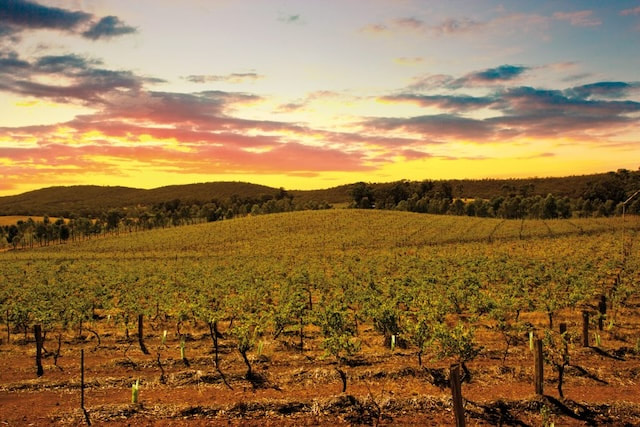
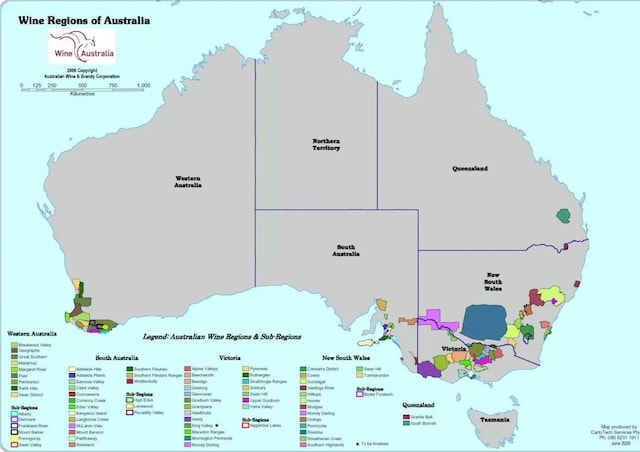
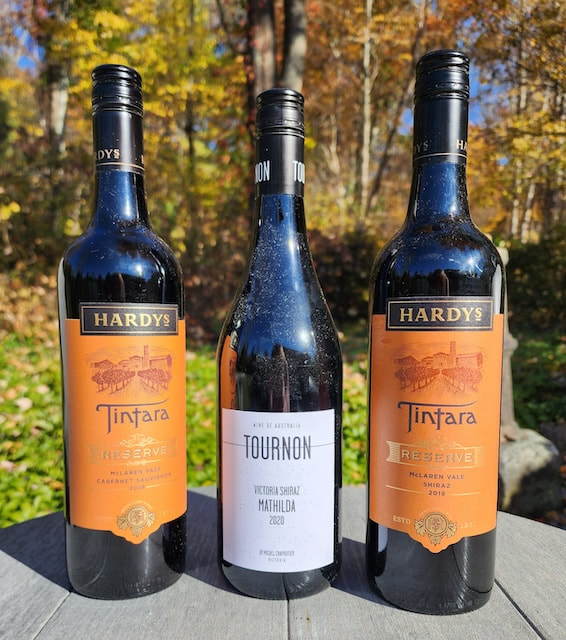
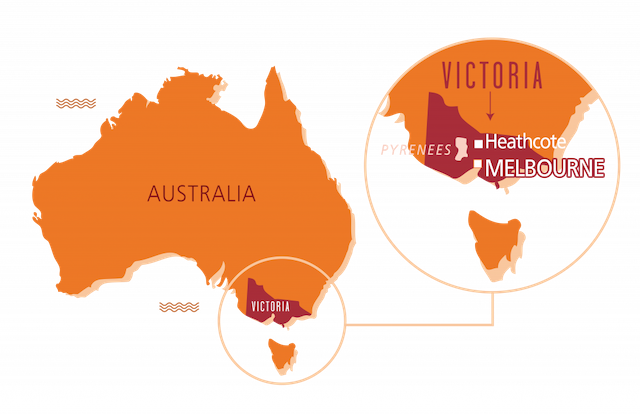
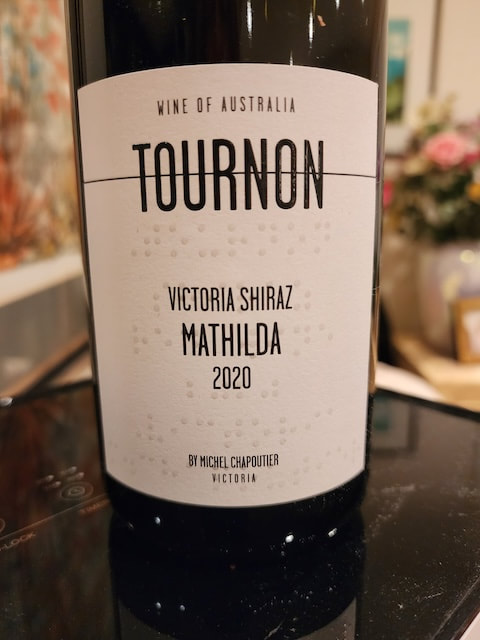
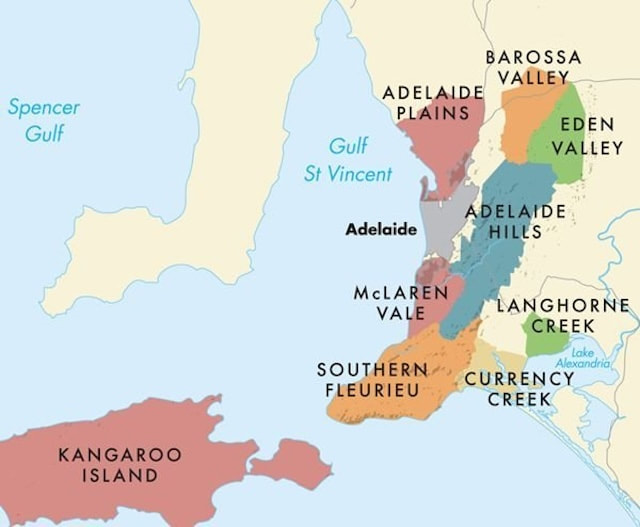
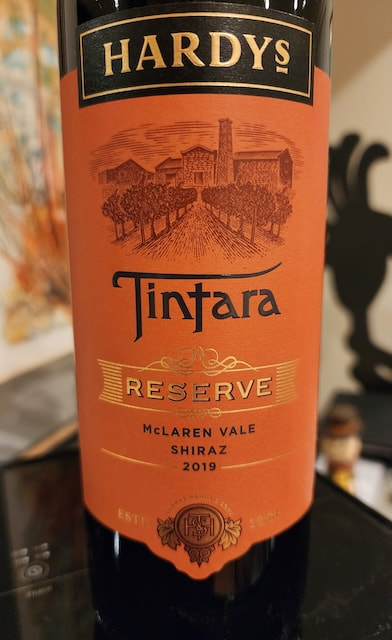
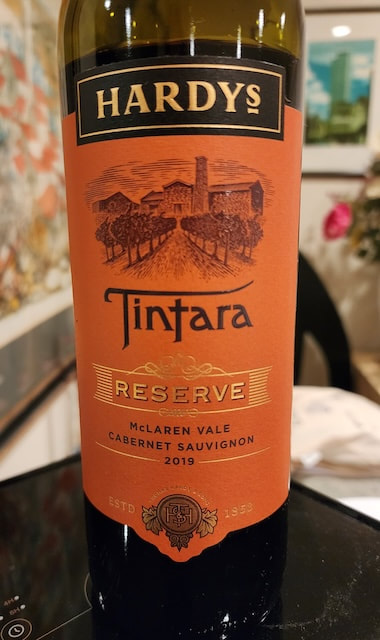
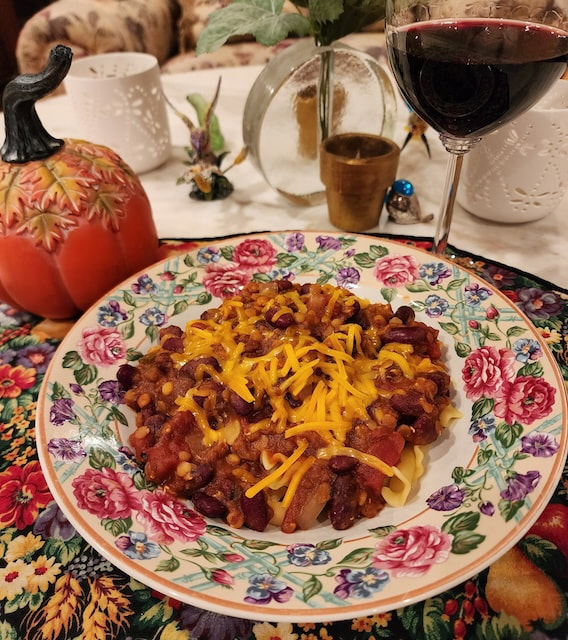
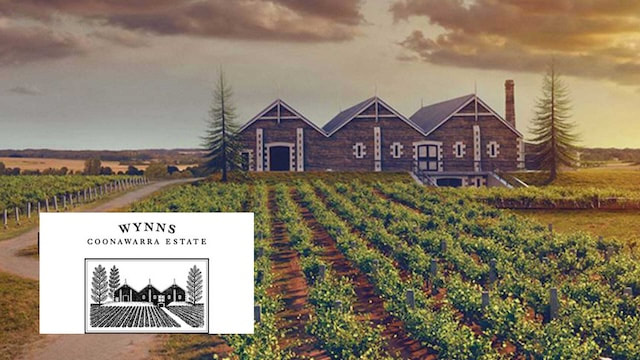
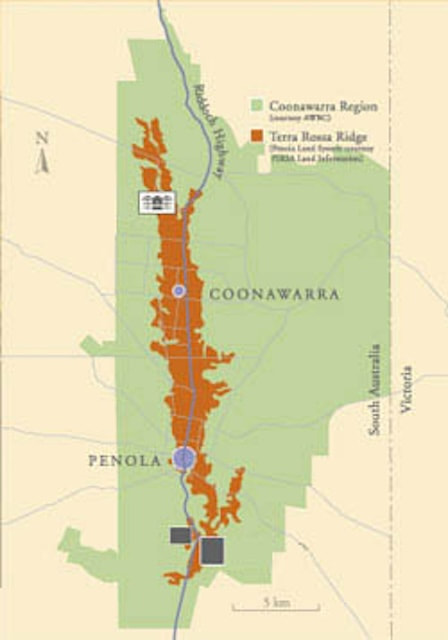
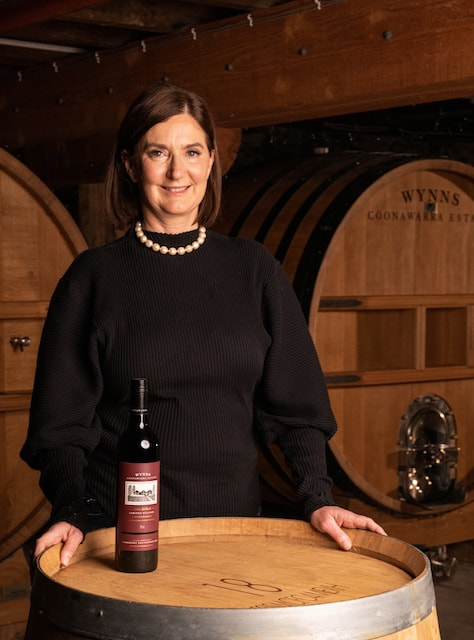
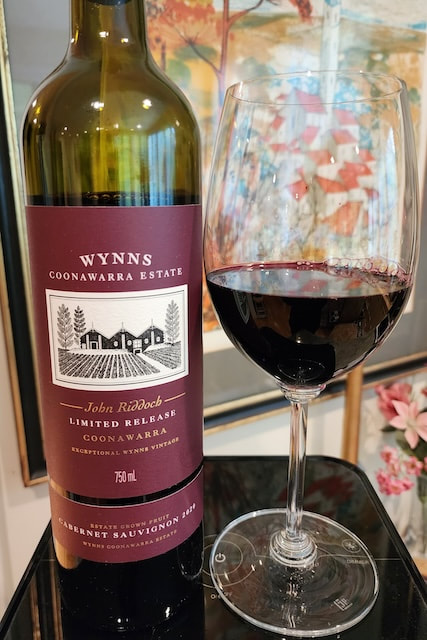
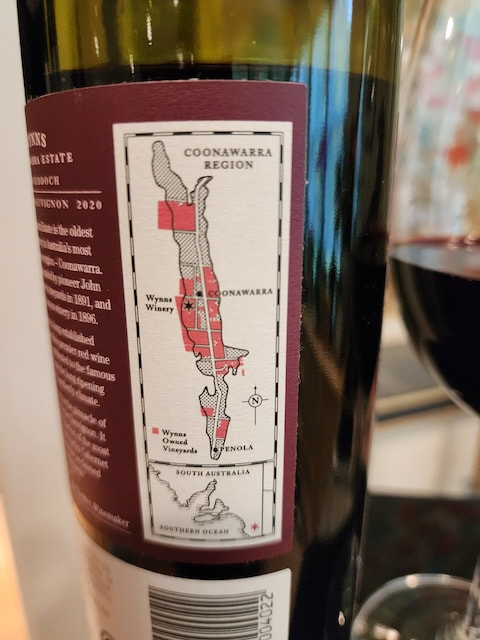
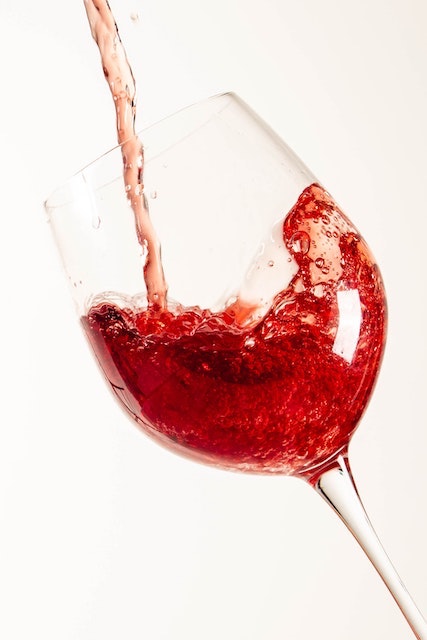
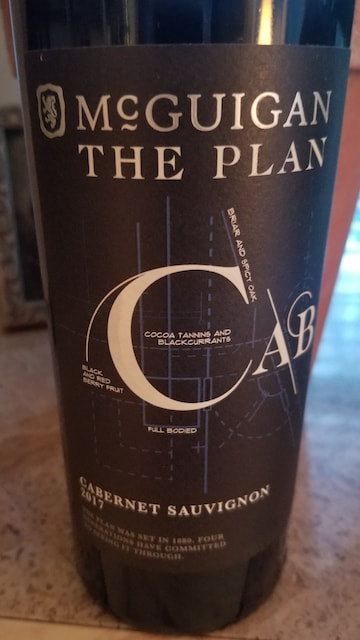
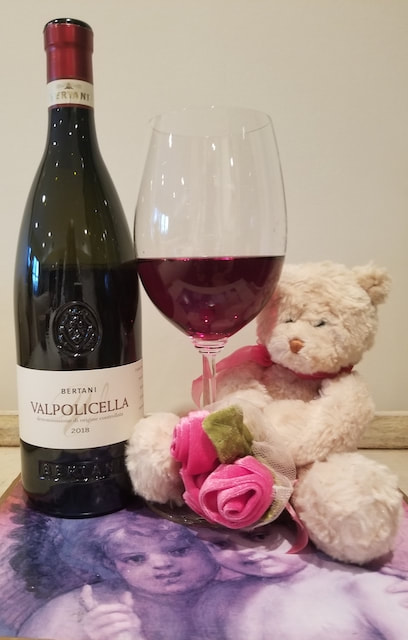
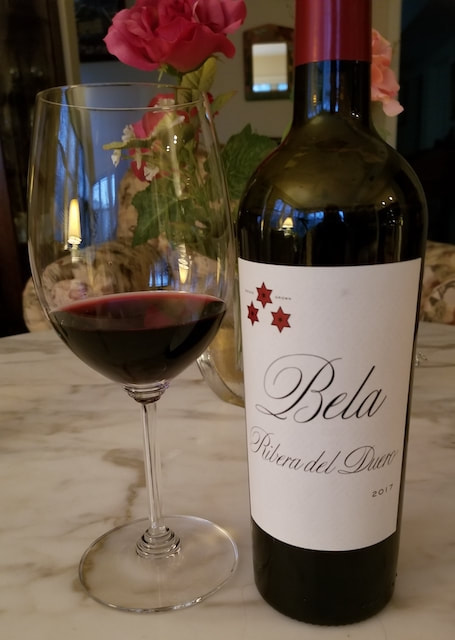
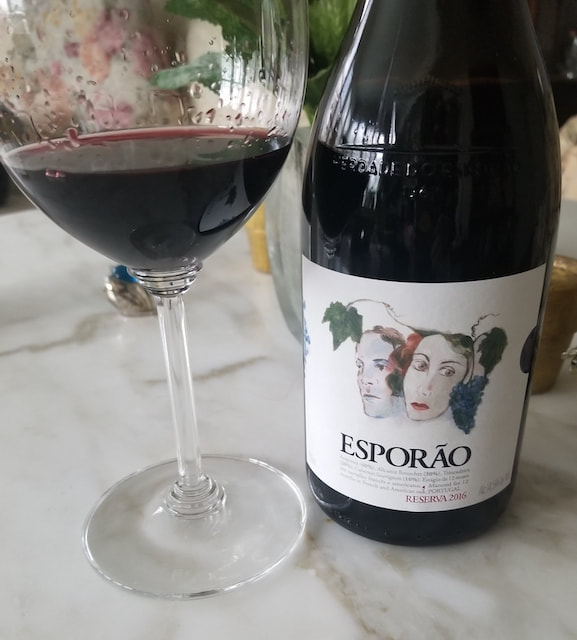
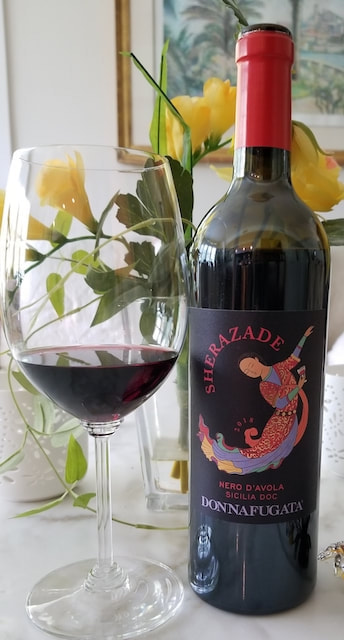
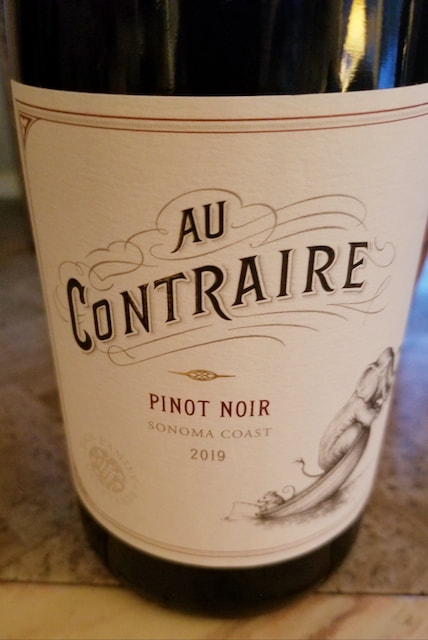
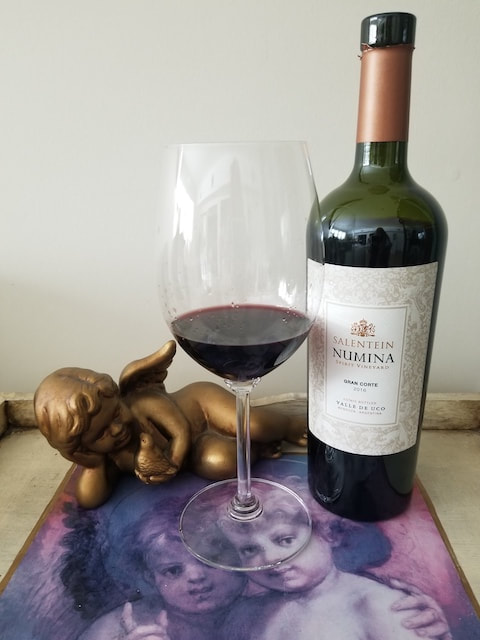
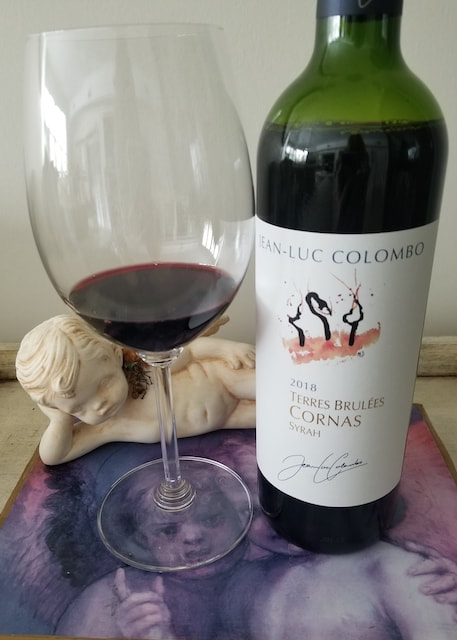
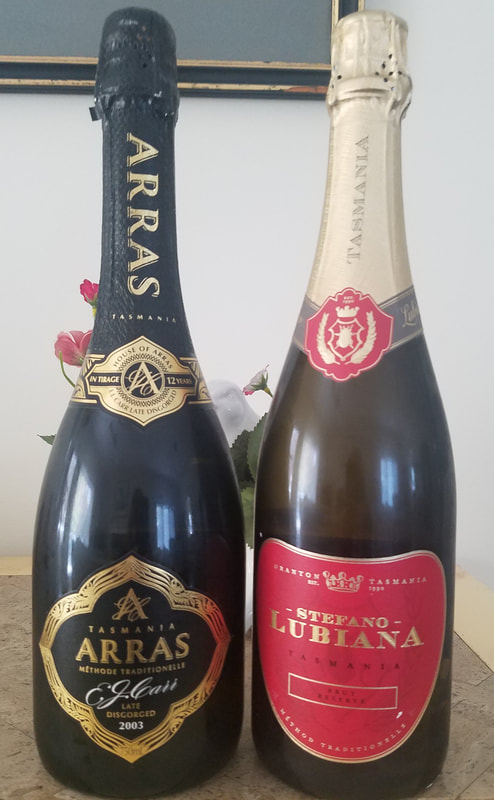
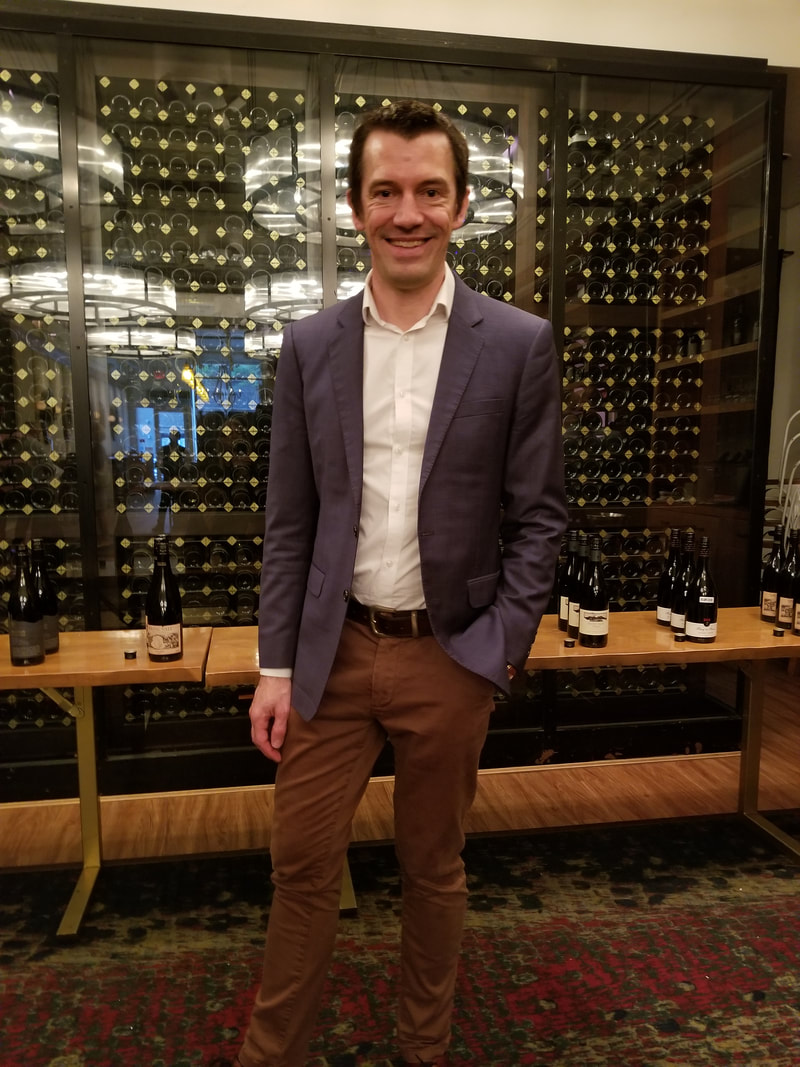
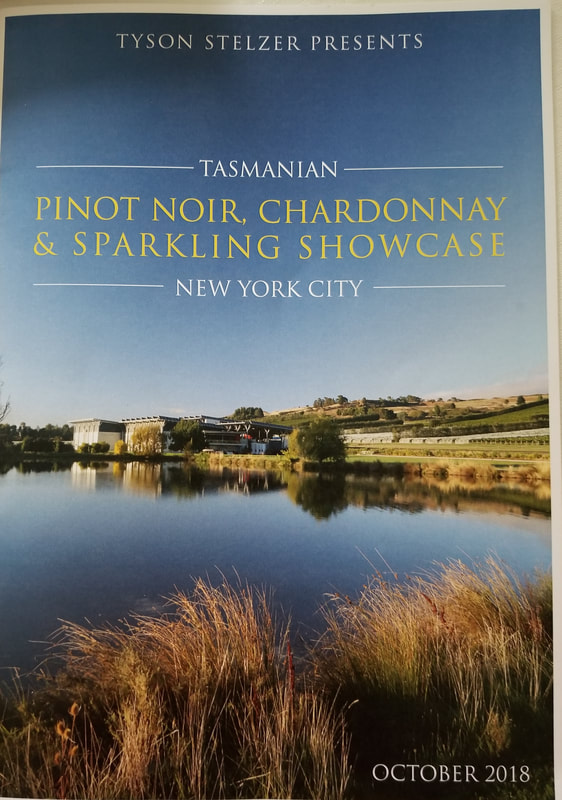
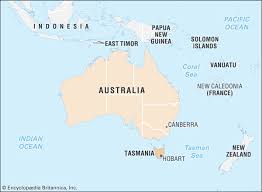
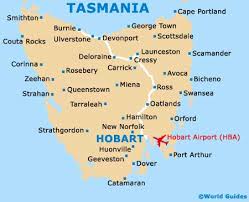
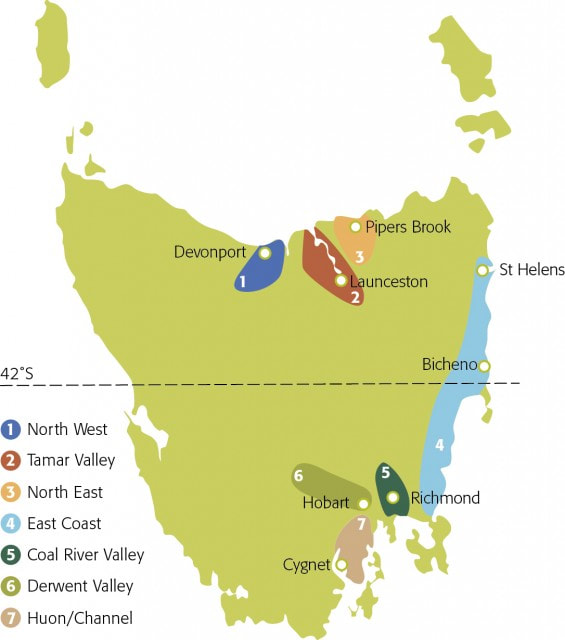
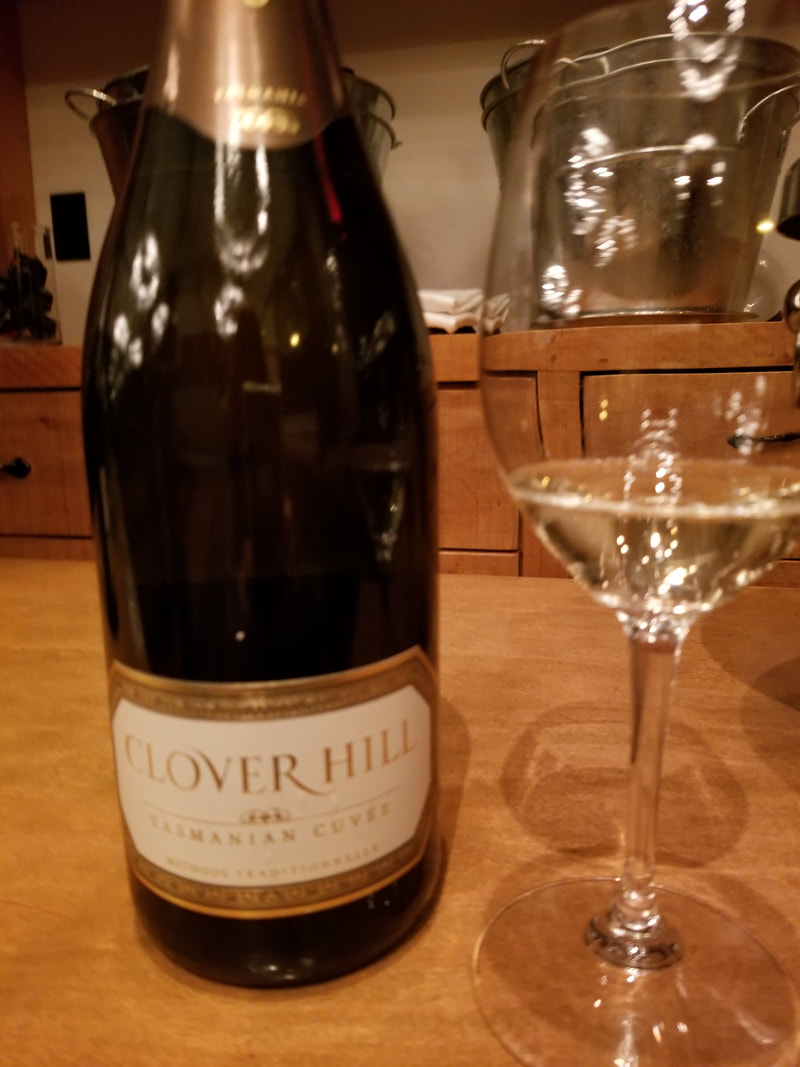
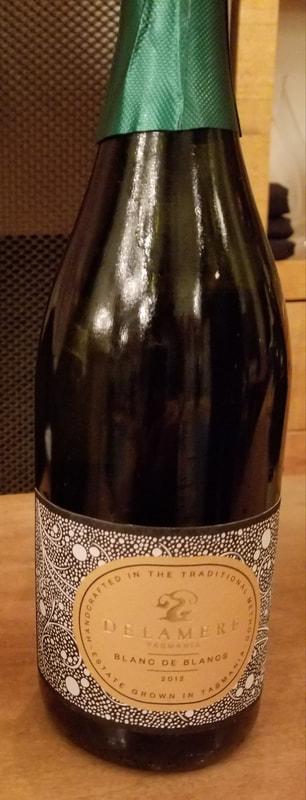
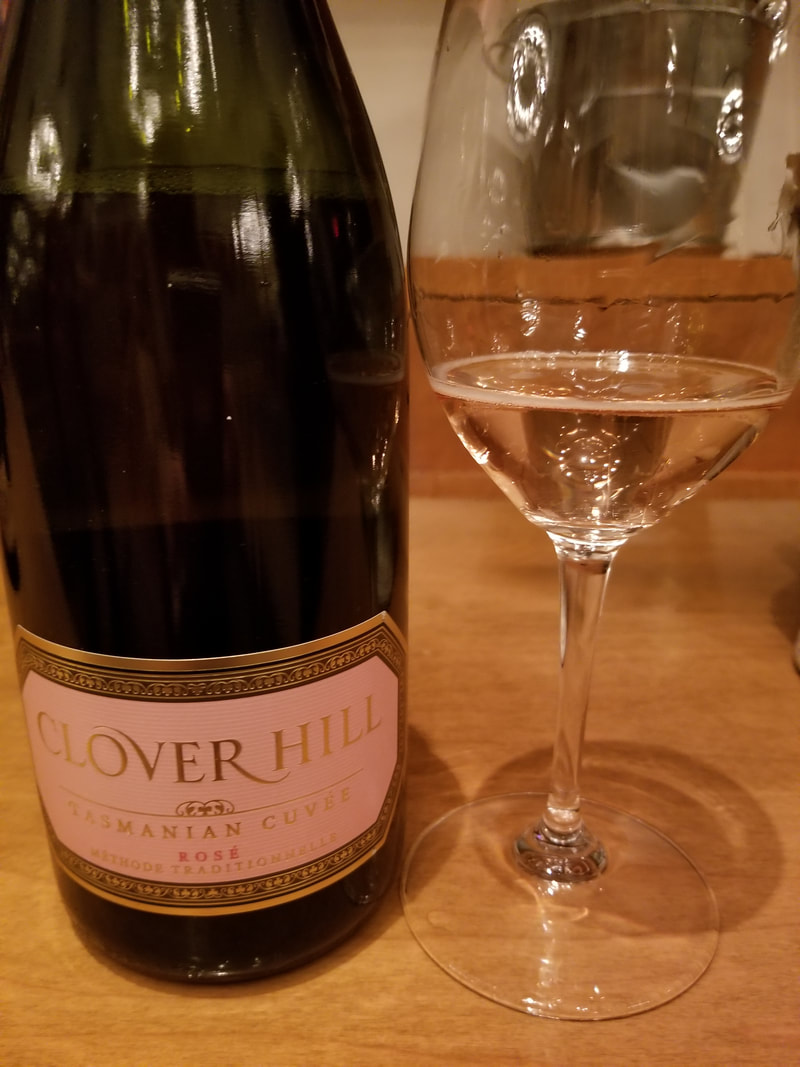
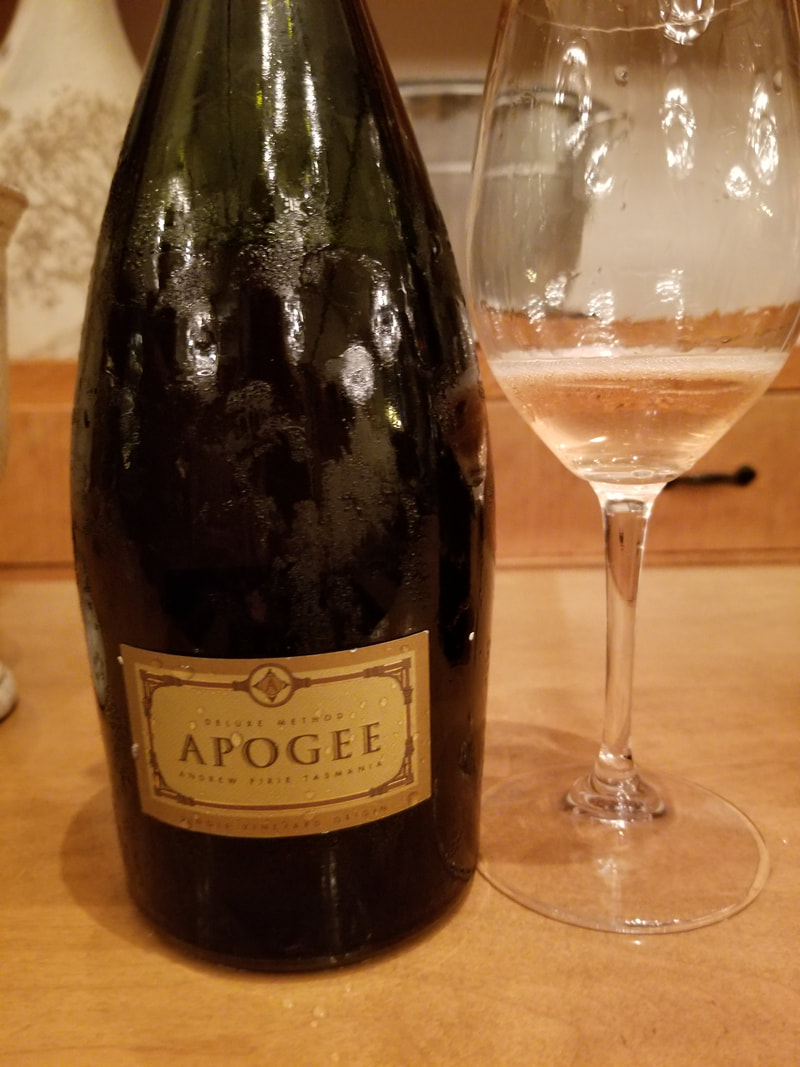
 RSS Feed
RSS Feed